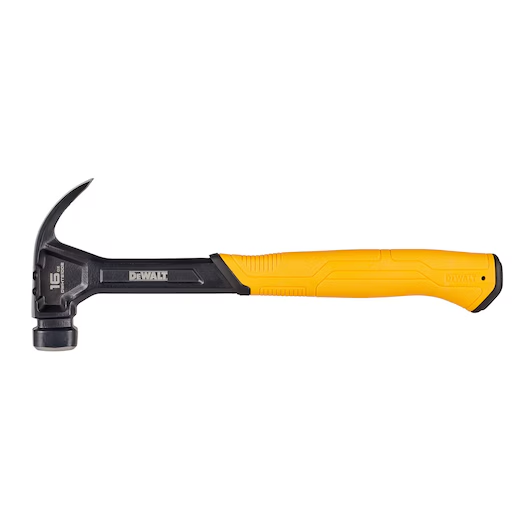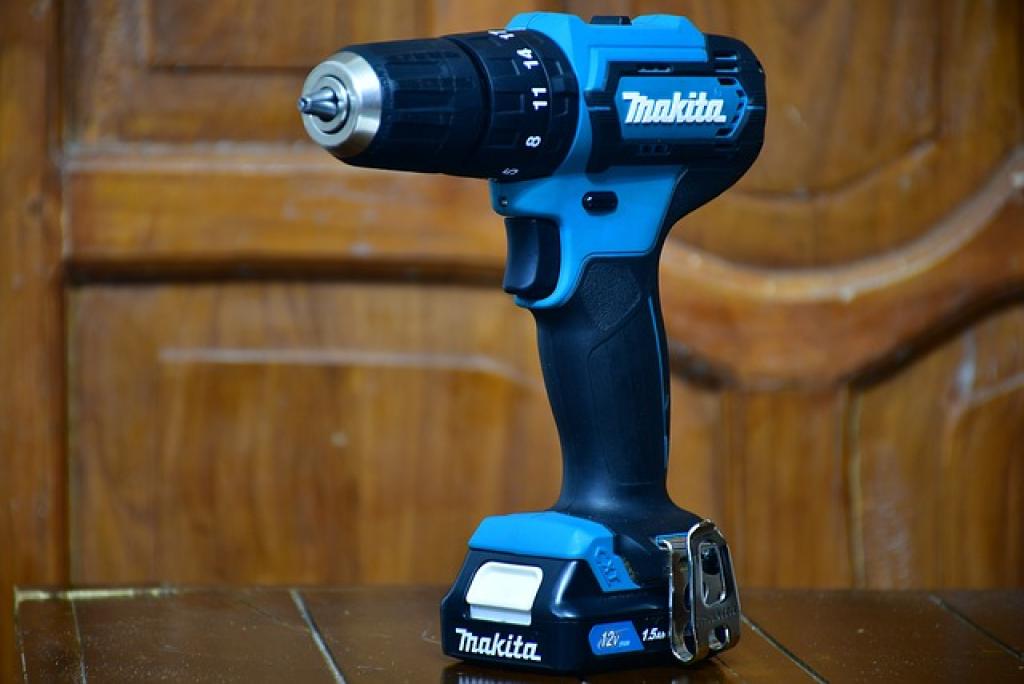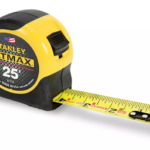Embarking on a do-it-yourself project can be both exciting and rewarding. Whether you’re a seasoned DIY enthusiast or just starting out, having the right tools can make all the difference in the success of your project. With a plethora of tools available on the market, it can be overwhelming to know which ones are essential for your toolkit. To help you navigate through the sea of options, we’ve compiled a list of the top 10 must-have tools for DIY projects.
1. Cordless Drill
A cordless drill is a versatile tool that should be at the top of your list. Whether you’re drilling holes, driving screws, or mixing paint, a cordless drill will make your DIY tasks much easier and efficient. Look for one that is lightweight, powerful, and has a variety of speed settings to tackle different materials.

2. Hammer
A classic tool that no DIY toolkit should be without, a hammer is essential for a wide range of tasks such as pounding nails, removing them, and general construction work. Opt for a claw hammer with a comfortable grip for maximum efficiency.
3. Screwdriver Set
Having a set of screwdrivers with different types and sizes of heads is crucial for any DIY project. Whether you’re assembling furniture, fixing appliances, or installing light fixtures, a good screwdriver set will come in handy.
4. Tape Measure
Precision is key in DIY projects, and a tape measure is essential for accurate measurements. Whether you’re cutting lumber, hanging pictures, or planning layouts, a reliable tape measure is a must-have tool in your arsenal.
5. Utility Knife
A utility knife is a versatile cutting tool that can be used for a wide range of tasks, such as opening packages, cutting materials, and shaping surfaces. Look for one with a retractable blade for safety and convenience.
6. Pliers
Pliers are indispensable for gripping, bending, and cutting wires and other materials. A good set of slip-joint pliers and long-nose pliers will enable you to tackle a variety of tasks with ease.
7. Level
A level is essential for ensuring that your DIY projects are straight and level. Whether you’re hanging shelves, installing cabinets, or laying flooring, a level will help you achieve professional-looking results.
8. Adjustable Wrench
An adjustable wrench is a versatile tool that can be used for tightening or loosening nuts and bolts of various sizes. Look for one with a comfortable grip and smooth adjustment mechanism for ease of use.
9. Safety Glasses
Safety should always be a top priority when undertaking DIY projects. Investing in a pair of safety glasses will protect your eyes from flying debris, dust, and other potential hazards during construction or renovation tasks.
10. Toolbox
Finally, having a sturdy toolbox to store and organize your tools is essential for keeping your workspace tidy and your tools easily accessible. Look for a toolbox with multiple compartments and a secure latch to keep your tools safe and organized.
The Bottom Line
Equipping yourself with the right tools is paramount to the success of any DIY project. By investing in these top 10 must-have tools for DIY projects, you’ll be well-prepared to tackle a wide range of tasks with confidence and efficiency. Whether you’re a DIY novice or a seasoned pro, having these essential tools in your arsenal will set you up for success in all your future projects. So, roll up your sleeves, grab your tools, and let your creativity and craftsmanship shine through in your next DIY adventure!




This post is super helpful for anyone starting out with DIY projects! I love how you’ve covered the basics and included tools that are essential for a wide range of tasks. The cordless drill is definitely a game-changer, and I couldn’t agree more about having a good set of screwdrivers. I also appreciate the emphasis on safety with the inclusion of safety glasses—always a must! Thanks for sharing these must-have tools, I’ll be sure to keep this list in mind for my next project.
This is a fantastic post, Herb! Your comprehensive list of essential tools for DIY projects is both practical and inspiring. I love how you’ve covered the foundational tools that cater to a wide range of tasks, from construction to detailed craftsmanship. The emphasis on safety glasses is particularly commendable—it’s a reminder that safety should never take a backseat, even in smaller projects.
The inclusion of a cordless drill at the top of the list is spot-on. It’s such a versatile tool, and I appreciate your tip about choosing one with multiple speed settings—this detail will definitely help readers make a more informed purchase. Highlighting the toolbox as the final item is also a great touch; organization can often be overlooked, but it’s essential for efficiency and maintaining your tools.
For anyone starting out, this guide sets a solid foundation, and even seasoned DIYers can find value in reevaluating their toolkit. Perhaps in a future post, you could dive deeper into advanced tools for specialized projects or discuss maintenance tips for keeping these tools in top shape. Keep up the great work!
This is a fantastic post on the best tools for DIY projects! I love how you’ve outlined the essential tools that every DIYer should have, from basic hand tools to more advanced power tools. It’s great to see clear recommendations on tools that can help make projects more efficient, accurate, and enjoyable. From my experience, having the right tools can truly make a difference in the quality of the work, and I appreciate how you’ve highlighted versatility and durability as key factors when choosing tools.
One question I have is: How do you recommend managing tool maintenance to ensure they last and continue to perform well, especially for tools like drills and saws? I’ve found that regular cleaning and proper storage are important, but I’d love to hear your tips for keeping tools in top shape over time. Additionally, are there any budget-friendly options for beginners who are just starting to build their toolkit?
Overall, this post is a great resource for anyone looking to get started with DIY projects. The tools you’ve recommended are practical and essential for a wide variety of tasks, and I’m sure they will help both beginners and seasoned DIYers. Thanks for sharing these helpful insights!
Thank you for positive comments on the article, glad to be able to help.
To keep tools working and looking good it is best to wipe down and clean off any saw dust, dirt, and anything else you get on the tool while you are working on a project. ff you’re not using that tool again for a while put just a little lubricant or oil on a rag and wipe over the metal parts to keep from rusting. Lasty do not continue using dull blades or drill bits, the tool will have to work harder and you will leave burn marks on the cut edges, The best tool brand for beginners and budget friendly is a little tricky to answer, because the first 3 that comes to mind is Ryobi, Ridgid, and Porter Cable They each have their pros and cons. I have a mix of different brands I use, for example Porter Cable Impact and Hammer drill is my first combo pact that I use all the time even though I have Milwaukee now. Having different batteries and charges is inconvenient, but I will deal with it if I like a certain tool better.
Enjoy the day, and thank you for you comments